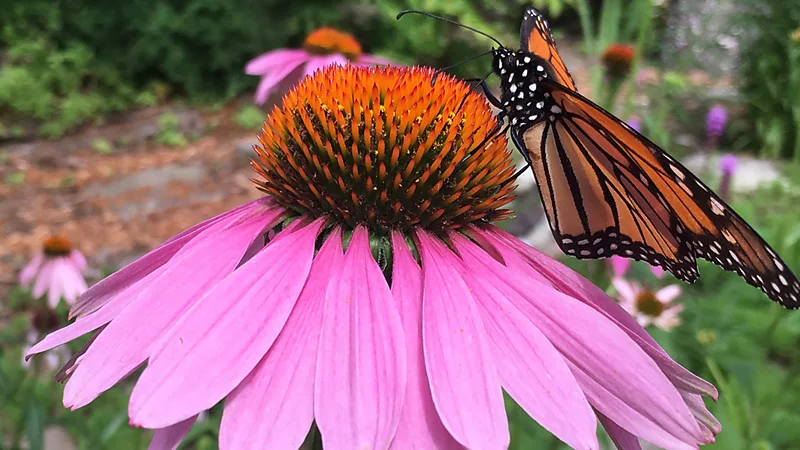- Get link
- X
- Other Apps
- Get link
- X
- Other Apps
Turning lawns into meadows can have big benefits for people, wildlife and the climate. Here's why 'meadowscaping' has become the latest gardening craze.
When Sara Weaner Cooper and her husband bought their first home in Pennsylvania, they knew they didn't want a perfectly manicured front lawn like their neighbours. They wanted something that was more than just turf – a flourishing, wild meadow home to diverse species of plants and animals.
It was a bold plan, to be sure, considering it involved overhauling their entire lawn when they were new to the neighbourhood. Thankfully, Weaner Cooper had ideal support for the project – her father is Larry Weaner, a renowned ecological landscape designer (she is now chief executive of the firm he founded). The landscape design style he uses relies predominantly on native plants, she says, aiming to work with how they want to grow rather than forcing them into particular areas.
"Meadowscaping", or turning a traditional lawn into a meadow, is a burgeoning trend experts in the field are noticing, especially among younger generations who tend to be more climate-aware than their predecessors. Compared to lawns, meadows – open landscapes filled with an array of non-woody plants such as tall grasses, flowers and herbs – are less expensive to maintain, require less water and energy and help sequester more CO2. Most importantly, they also encourage biodiversity and they're typically more appealing to pollinators, which are keystone species on which ecosystems depend.
- Get link
- X
- Other Apps


Comments
Post a Comment